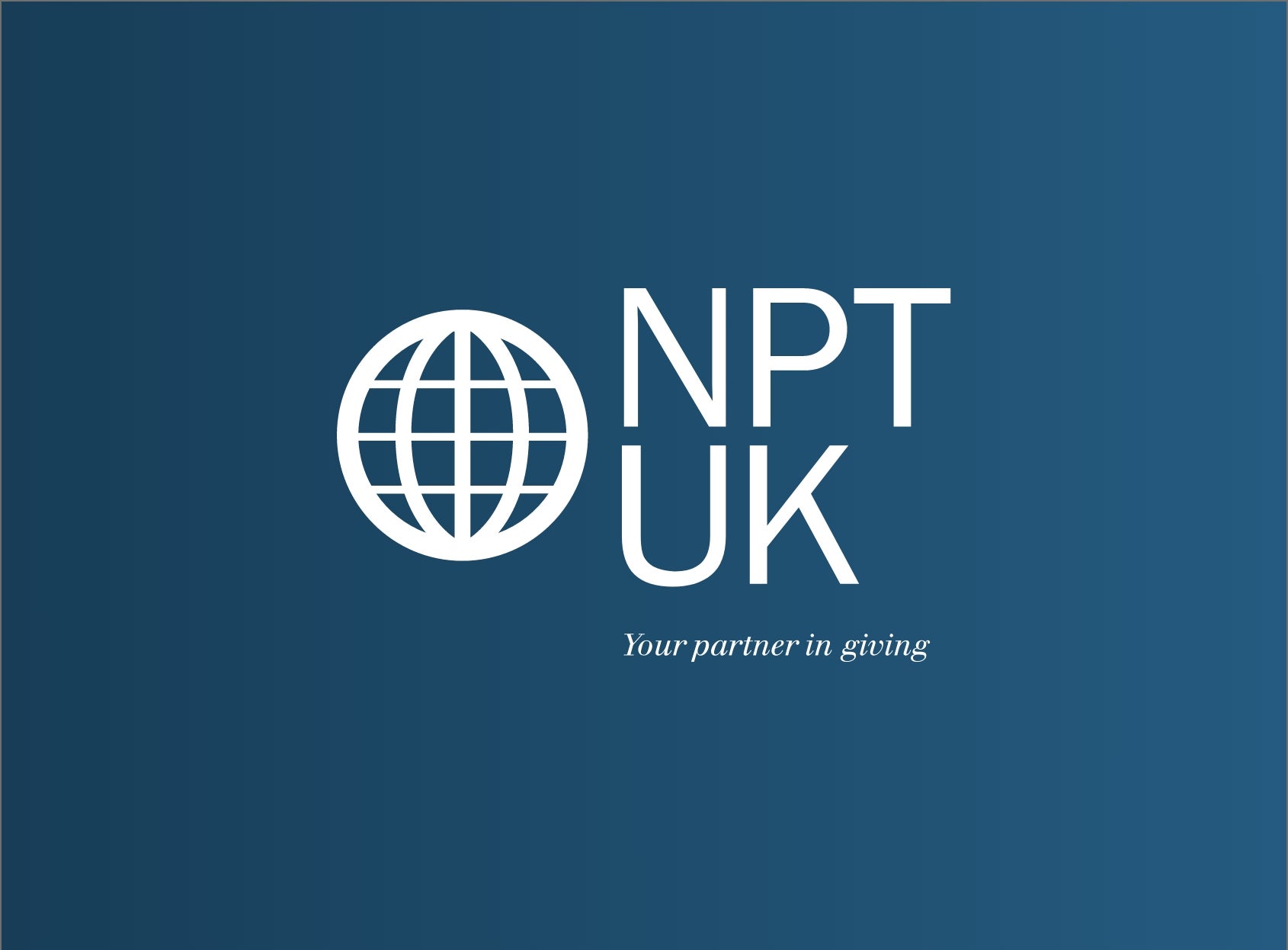10 Things American Expats Should Know About Giving in the UK

For newcomers to the UK, particularly those familiar with American philanthropy, charitable giving in the UK can sometimes seem confusing.
1. In the UK, there are tax incentives for donations of cash, publicly listed shares, and property.
This is a narrower range of available tax incentives than some other countries. In the US, for example, income tax incentives are also available for donations of more illiquid assets, such as closely-held or privately-held stock, alternative investments (private equity, hedge funds), privately held interests (C-corp, S-corp, LLCs), structured notes, derivatives, and publicly traded partnerships.
2. Not everyone files a tax return in the UK.
Unlike many other countries where filing a tax return is required, only taxpayers with more complicated tax affairs file an income tax return (aka the Self-Assessment return) in the UK. If you work for one employer and have no other income, a tax return is not required and your income tax is withheld at source. For those not normally filing a Self-Assessment return, claiming income tax deductions (tax relief) for charitable deductions means you would need to file a Self-Assessment return or contact the tax authorities to report the charitable donations.
3. Gift Aid is the UK’s unique system to provide tax incentives for “cash” donations (i.e. not shares or property).
In many countries, the donor receives the entire tax benefit for a donation. In the US, the donor claims 100% of the value of a donation as a deduction (tax relief) to reduce taxable income, up to applicable annual limits. In the UK, cash donations are treated differently. The donor and the charity effectively split the tax incentives through the UK’s Gift Aid tax incentive scheme. “Higher rate” (40%) and “additional rate” (45%) taxpayers claim part of the tax benefit on their Self-Assessment tax returns and the charity receives the other part of the tax benefit directly from HMRC. For example, if you are an “additional rate” taxpayer and make a £100 donation, you could claim tax relief of £31.25 on your Self-Assessment return and the charity would receive £25 in reclaimed Gift Aid directly from HMRC, the UK tax authority.
4. The U.K. does not limit the amount of income tax deductions (tax relief) you may claim for charitable giving.
Many countries place limits on the amount of income tax credit you can receive for charitable giving. For example, the US limits income tax deductions to 60% of your adjusted gross income for donations to public charities and 30% for donations to private foundations. The U.K. does not have any limits. You could offset 100% of your taxable income through charitable giving.
5. The U.K. tax year is April 6th to April 5th and you can sometimes backdate donations.
Unlike most countries, you may sometimes backdate charitable donations in the UK. You may choose to backdate cash donations to the previous tax year if you:
• Make the donation before the following January 31st; and
• Have not yet filed your UK Self-Assessment tax return for the previous tax year.
6. Charitable giving can lower your inheritance (estate) tax.
In the UK, inheritance tax is applied to estates valued over £325,000. If you leave at least 10% of your estate to charity the UK, the inheritance tax rate is reduced from 40% to 36%. In the US, the federal estate tax threshold is $11M million for individuals and $22 million for married couples filing jointly. Charitable donations remain exempt from inheritance (estate) tax.
7. The tax impact of giving isn’t always top-of-mind and often isn’t even discussed.
The appropriateness of discussing money and tax affairs can vary widely between cultures. In general, wealth and taxes are not discussed as openly in the UK as they are in the US – both in polite society and with advisors. Although the current regime of income tax incentives was put in place for gifts of cash in 1990 and for gifts of shares in 2000, integrating charitable giving into wealth and tax planning is not yet as common in the UK as it is in the US.
8. Not everyone agrees that the government should offer tax incentives for charitable giving.
This seems unbelievable to many who come from other countries; however, there are vocal critics of charitable tax incentives in the UK. The critics see it as primarily the government’s role to provide for the less fortunate. In their view, private philanthropy should not be promoted through tax incentives because it reduces the amount of taxes collected which means fewer resources for welfare programmes.
9. Dual qualified giving makes charitable giving tax efficient in both the UK and US simultaneously.
Donations to UK/US dual qualified charities, like NPT-UK, are recognised simultaneously as charitable donations for tax purposes by both HMRC in the UK and the IRS in the US. By using a dual qualified charity, donors who pay taxes in both the UK and US may receive tax incentives in both countries.
10. The great British tradition of philanthropy shaped giving as we know it today.
Philanthropy in the UK dates back nearly 1000 years. The oldest endowment still in operation today was established in the 11th century in London. Legacy and lifetime giving emerged in Britain on a significant scale in the 17th and early 18th century. The 18th century even saw the emergence of innovative forms of philanthropy – what we call ‘impact investing’ or ‘social investment’ today. Nineteenth-century Victorian philanthropists became famous for the large-scale investment in infrastructure and cultural institutions. Public philanthropy is on the rise in the UK today, with large public gifts increasing in both value and volume.

